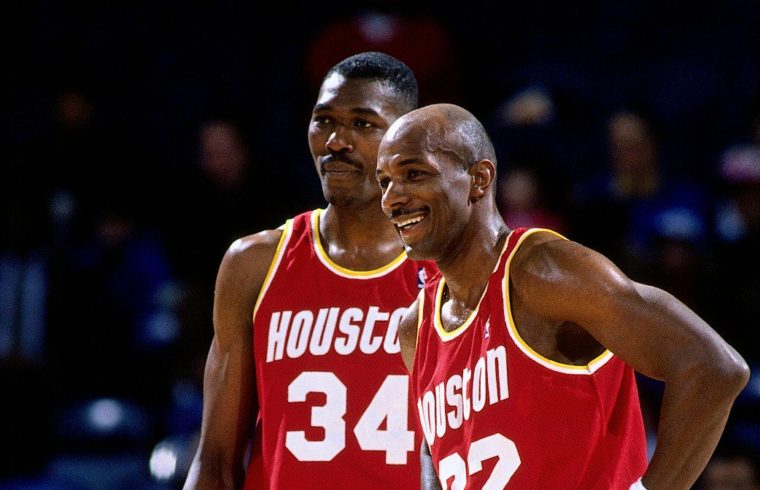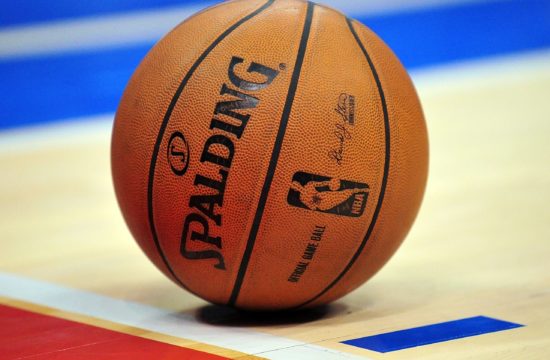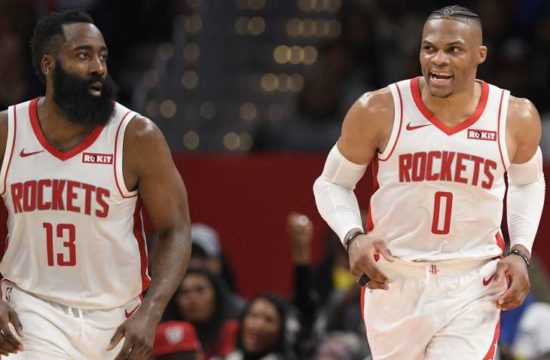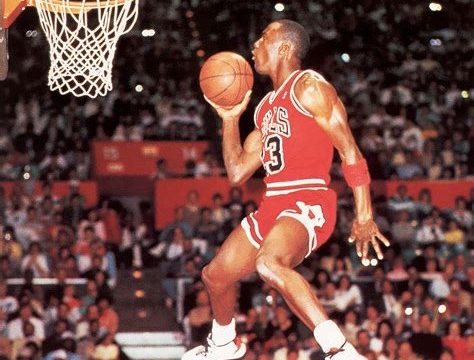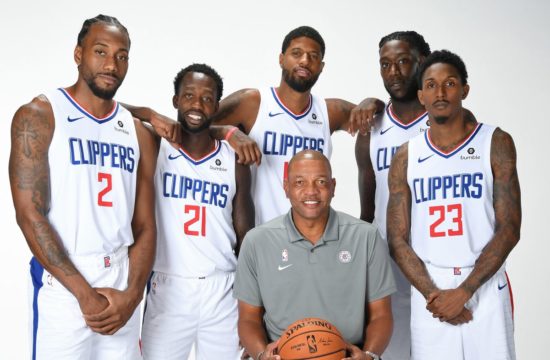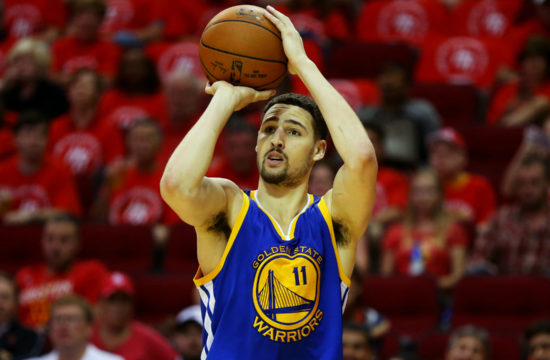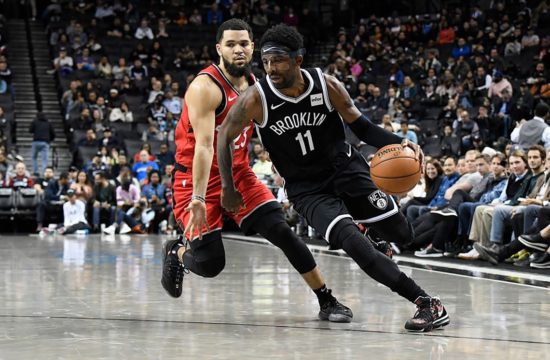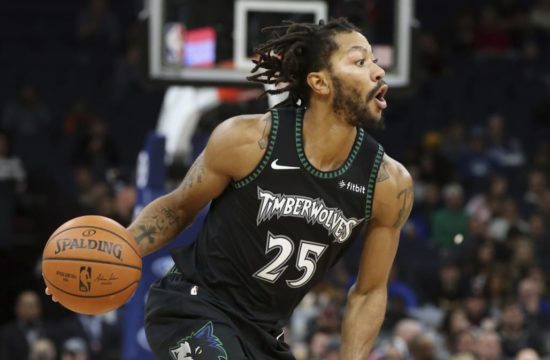In The Last Dance, Michael Jordan said that one of the reasons he abruptly retired in 1993 was because there simply weren’t any challenges left. At the time, the modern superteam didn’t exist.
Sure, there was Hakeem Olajuwon and Clyde Drexler in Houston and Karl Malone and John Stockton in Utah, but the modern LeBron James-Dwyane Wade-Chris Bosh or Kevin Durant-Stephen Curry-Klay Thompson-Draymond Green superteams were not yet a thing.
While free agency existed in the ‘90s, the rules in place at the time made it virtually impossible to assemble the modern superteam. To understand it all, you need to understand NBA free agency.
History of NBA Free Agency
In 1970, Hall of Famer Oscar Robertson sued the league which resulted in the granting of free agency in 1976. In those days, free agency was much different. When a player’s contract expired, he was a free agent. If a player decided to play for another team, the original team was granted compensation which was either negotiated by the teams involved or decided by the league commissioner.
In 1988, the new CBA (collective bargaining agreement) gave players unrestricted free agency once they had hit certain criteria. Most players did not take advantage. In the decade after unrestricted free agency was granted, only two All-NBA players changed teams – Dominique Wilkins and Shaquille O’Neal.
To contrast, in the summer of 2019, four All-NBA players changed teams. But, why didn’t players change teams in the ‘90s?
Bird Rights
The rules of the day made it hard for teams to create the necessary salary cap space needed to sign superstar players. Other rules made it hard for teams that did have the cap space to actually use it.
One of the big reasons free agents didn’t leave had something to do with the Larry Bird rule. The rule applied to any player who had been under contract the previous season. Players with full Bird rights (three years under contract) could be re-signed by their current team for up to the max.
The idea behind the rule was to allow teams to keep their superstar players. A team shouldn’t have to lose a player like Jordan just because of salary cap issues.
Fast forward to 1999 and the NBA introduced the luxury tax, which essentially allowed teams to spend at will (up to a certain amount, of course). The 1999 CBA created the three-tiered max system that is in place today.
Players with four to six years of experience, for example, can earn 25 percent of the salary cap in the first year of a new contract. Seven to nine years of experience can get a player 30 percent and players with 10 or more years can get 35 percent.
As a result of the new rules and increased spending, players are more likely to leave their current situation and create what we call today the superteam.
Rick Bouch

